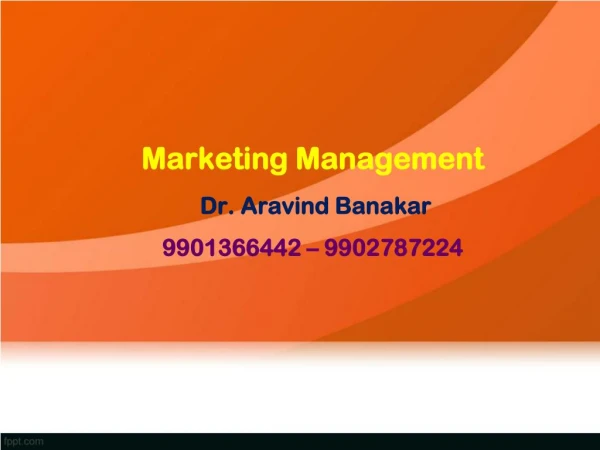In June 2002, the Information and Broadcasting (I&B) Ministry
Assignment Solutions, Case study Answer sheets Project Report and Thesis contact aravind.banakar@gmail.com www.mbacasestudyanswers.com ARAVIND – 09901366442 – 09902787224 Marketing Management Case Study (20 Marks) In June 2002, the Information and Broadcasting (I&B) Ministry of India ordered leading television (TV) broadcasters to ban the telecast of two surrogate ads of liquor brands, McDowell's No. 1 and Gilbey's Green Label. The Ministry also put some other brands Smirnoff Vodka, Hayward's 5000, Royal Challenge Whiskey and Kingfisher beer on a 'watch list.' The surrogates used by these advertisements ranged from audiocassettes, CDs and perfumes to golf accessories and mineral water. By August 2002, the I&B Ministry had banned 12 advertisements. Leading satellite TV channels, including Zee, Sony, STAR and Aaj Tak were issued showcause notices asking them to explain their reason for carrying surrogate liquor advertisements. The channels were asked to adhere strictly to the Cable Television Regulation Act 1995 (Cable TV Act, 1995).2As a result, Zee and STAR stopped telecasting the advertisements; Aaj Tak and Sony soon followed suit. In addition, the I&B Ministry hired a private monitoring agency to keep a watch on all advertisements for violations of the Act. These developments led to heated debates over the issue of surrogate advertising by liquor companies. Though the liquor companies involved protested strongly against the I&B Ministry's decision, they had no choice, but to comply with the regulations. Analysts remarked that the government's policy was hypocritical. One said, "On the one hand they allow these 'socially bad' products to be manufactured and sold (in order to garner revenues) and then they deny the manufacturers the right to propagate knowledge of their products in order to drive sales. If something is bad and cannot be advertised, why allow it to be sold at all?" Meanwhile, the government also seemed to be in dilemma. On the one hand, it had to encourage the sales of liquor and tobacco because they were the highest taxed sectors of the Indian economy. On the other hand, there was also the need to take the high moral ground and reduce the consumption of such products Answer the following question. Q1. Give an overview of the case. Q2. Why the government was in dilemma for banning the liquor advertisements? Assignment Solutions, Case study Answer sheets Project Report and Thesis contact aravind.banakar@gmail.com www.mbacasestudyanswers.com ARAVIND – 09901366442 – 09902787224
★
★
★
★
★
85 views • 5 slides
